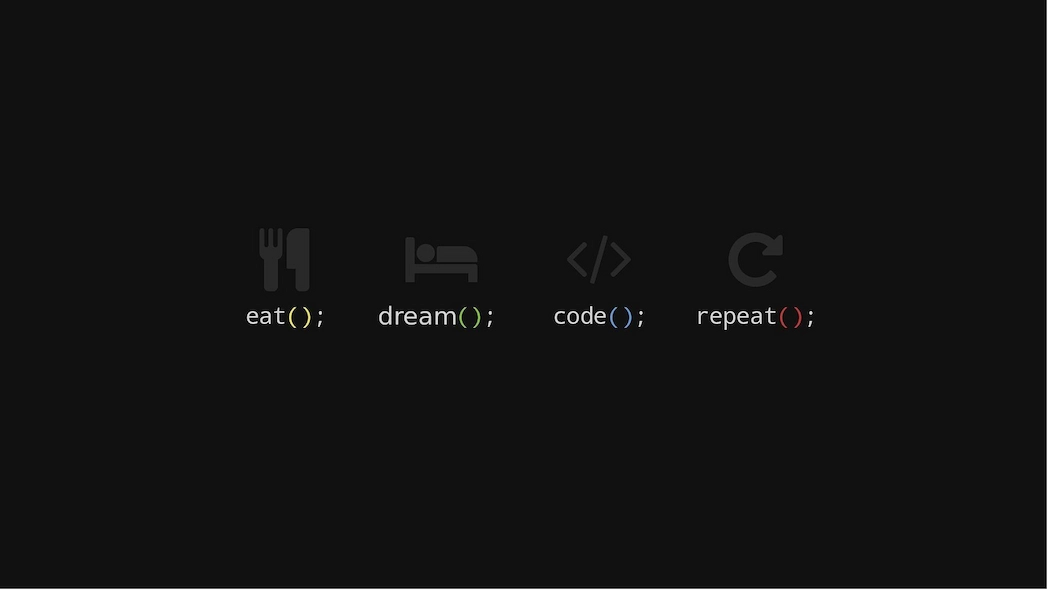Redundancy in software development refers to the intentional duplication of components, data, or functions within a system to enhance reliability, availability, and fault tolerance. Redundancy can be implemented in various ways and often serves to compensate for the failure of part of a system, ensuring the overall functionality remains intact.
Types of Redundancy in Software Development:
-
Code Redundancy:
- Repeated Functionality: The same functionality is implemented in multiple parts of the code, which can make maintenance harder but might be used to mitigate specific risks.
- Error Correction: Duplicated code or additional checks to detect and correct errors.
-
Data Redundancy:
- Databases: The same data is stored in multiple tables or even across different databases to ensure availability and consistency.
- Backups: Regular backups of data to allow recovery in case of data loss or corruption.
-
System Redundancy:
- Server Clusters: Multiple servers providing the same services to increase fault tolerance. If one server fails, others take over.
- Load Balancing: Distributing traffic across multiple servers to avoid overloading and increase reliability.
- Failover Systems: A redundant system that automatically activates if the primary system fails.
-
Network Redundancy:
- Multiple Network Paths: Using multiple network connections to ensure that if one path fails, traffic can be rerouted through another.
Advantages of Redundancy:
- Increased Reliability: The presence of multiple components performing the same function allows the system to remain operational even if one component fails.
- Improved Availability: Redundant systems ensure continuous operation, even during component failures.
- Fault Tolerance: Systems can detect and correct errors by using redundant information or processes.
Disadvantages of Redundancy:
- Increased Resource Consumption: Redundancy can lead to higher memory and processing overhead because more components need to be operated or maintained.
- Complexity: Redundancy can increase system complexity, making it harder to maintain and understand.
- Cost: Implementing and maintaining redundant systems is often more expensive.
Example of Redundancy:
In a cloud service, a company might operate multiple server clusters at different geographic locations. This redundancy ensures that the service remains available even if an entire cluster goes offline due to a power outage or network failure.
Redundancy is a key component in software development and architecture, particularly in mission-critical or highly available systems. It’s about finding the right balance between reliability and efficiency by implementing the appropriate redundancy measures to minimize the risk of failures.


